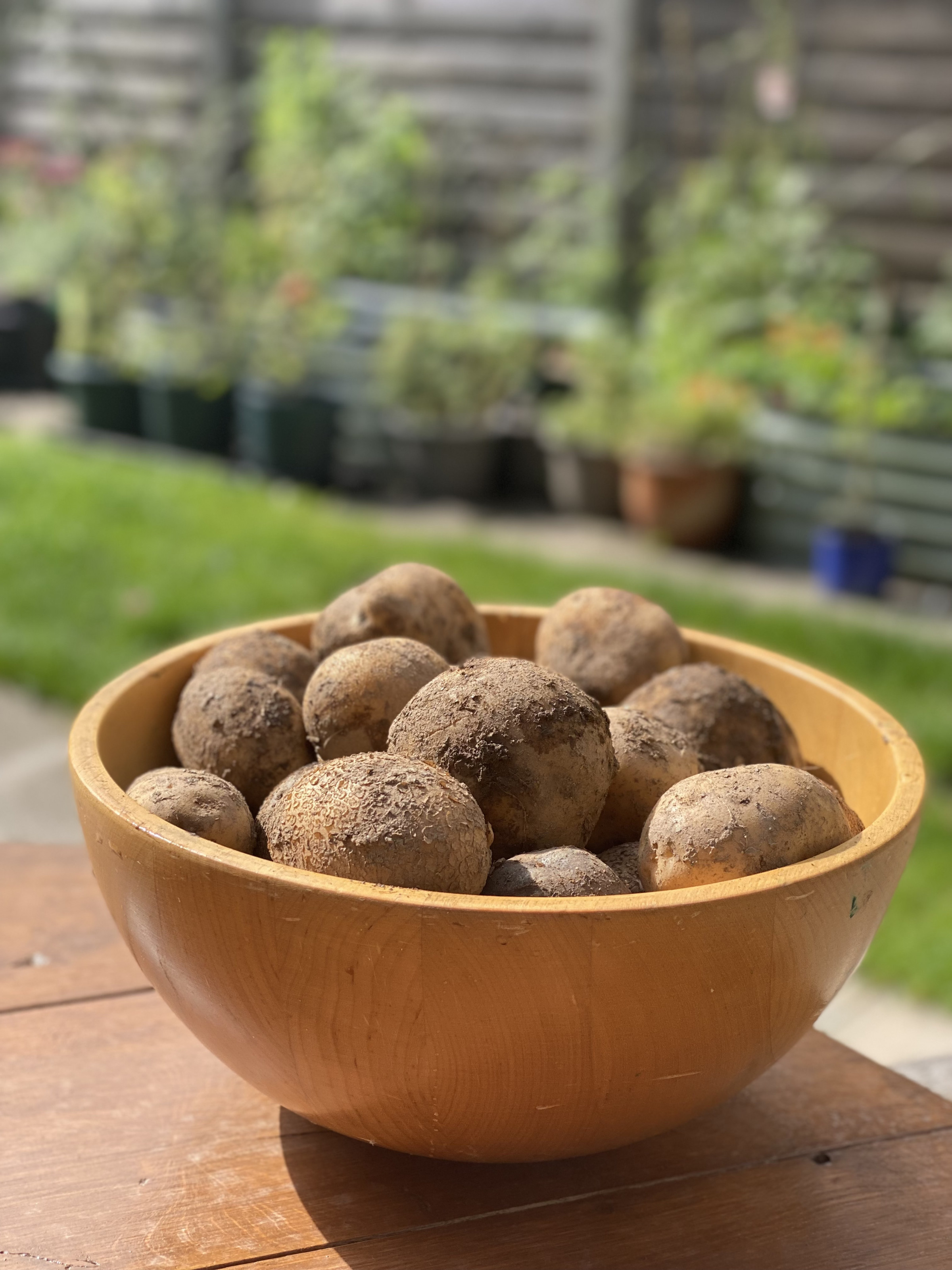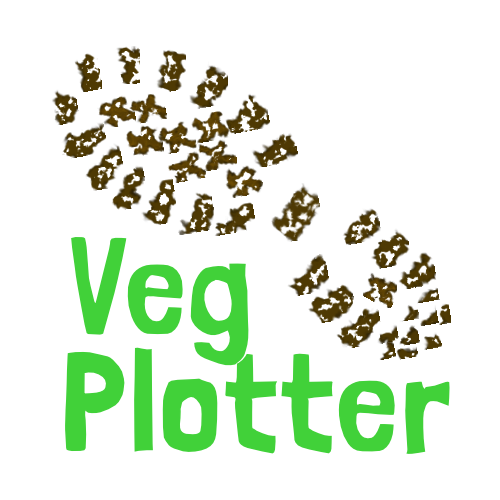Potatoes in a Tight Spot

Limited garden space doesn't mean you have to forgo the joy of homegrown potatoes. A clever solution lies in vertical gardening: growing potatoes in a barrel or large container. This method is perfect for patios, balconies, or even small backyards, offering a surprisingly bountiful harvest from a compact space.
The key to successful barrel potatoes is proper setup. Begin with a sturdy container, ideally around 1.2 meters (4 feet) deep. An old oil drum or a large, durable plastic barrel works well. Crucial to this method is drainage. Drill several holes in the bottom and create a base layer of 5-7.5 cm (2-3 inches) of gravel or stones. This prevents waterlogging, which potatoes detest.

Next, layer in fertility. Start with 12.5 cm (5 inches) of well-rotted compost, enriching it with about 115g (4 ounces) of a general-purpose fertilizer. Top this with 23-25 cm (9-10 inches) of high-quality potting compost, and you're ready to plant.
For a mini-crop, use "first early" seed potatoes. These varieties mature quickly, ideal for container growing. In late March (depending on your location - check VegPlotter for accurate local dates), place four 85g (3-ounce) seed potatoes on the compost surface, spacing them evenly, roughly 15 cm (6 inches) from the container's sides. Cover them with 7.5 cm (3 inches) of potting compost.
The magic of barrel potatoes lies in "earthing up." As the potato stems grow, add layers of compost, mixed with a general fertilizer, every 15 cm (6 inches) of stem height. This encourages more tubers to form along the buried stem. Consistent watering is vital, aiming for about 4.5 liters (1 gallon) per watering, ensuring the soil remains moist but not waterlogged. When the foliage reaches the barrel's rim, insert stakes to provide support, preventing the plants from toppling over.

Choosing the right potato variety is essential for success in containers. "Charlotte" and "Lady Christl" are excellent choices for their compact growth and delicious flavour. "Rocket" potatoes are another good first early variety, known for their quick growth and high yield. If you are using a digital or physical "garden planner" you can easily add these varieties into your plan.
Harvest time arrives when the potato plants flower, typically from late June onwards, depending on your climate. To check if they are ready, gently dig into the top layer of compost and check the size of some potatoes. If they are the size you prefer, harvest the entire crop. A well-maintained barrel can yield a surprising amount of potatoes, providing fresh, homegrown goodness even in the smallest of spaces. Remember to include your potato crop in your "garden planner" for crop rotation purposes.


